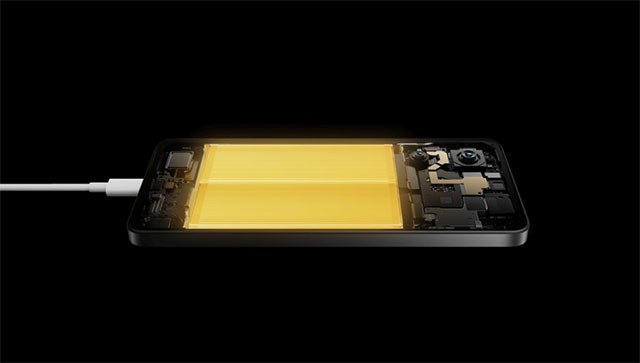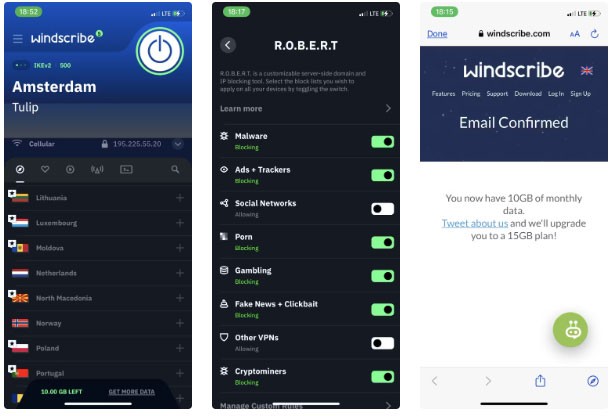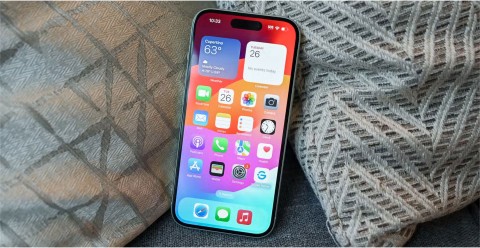The most commonly deficient nutrients in the diet

Diet is important to our health. Yet most of our meals are lacking in these six important nutrients.
Smartphones are becoming more powerful, reliable, and feature-rich every year. However, there is one important aspect that has barely changed and is slowly falling behind other smartphone technologies: Battery technology. Most devices, even high-end ones, still use lithium-ion batteries that are not really high-performance. Experts are expecting graphene batteries to be a “game changer.” Here are three ways graphene batteries could revolutionize smartphones in the near future.
Faster charging speed
One of the biggest advantages of graphene batteries is that they can be charged significantly faster than traditional lithium-ion batteries. While most smartphones with lithium-ion batteries take about an hour to fully charge, even with fast charging technology, graphene batteries can be fully charged in just a few minutes.
There have been numerous demonstrations of graphene batteries charging at extremely fast speeds.
Furthermore, unlike current fast charging technology, which can degrade battery life over time, graphene’s high thermal conductivity helps reduce heat buildup. In other words, graphene not only makes battery charging more efficient, but also safer.

Higher energy density, longer battery life
The latest flagship smartphones with lithium-ion batteries use silicon-carbon composite materials to increase battery capacity by improving energy density. However, graphene batteries have a much higher energy density from the start. This means that smartphones using this technology can store more energy in the same physical space than current lithium-ion batteries.
This has many practical benefits, such as smartphones that can easily last more than a day on a single charge. Because graphene batteries can hold more energy, phones can become thinner and lighter without sacrificing battery life.
Longer battery life
Battery degradation is a major problem with lithium-ion batteries as they lose capacity over time, requiring more frequent replacement. Graphene batteries, on the other hand, have a significantly longer lifespan. A typical lithium-ion battery can last about 500 to 800 charge cycles. However, graphene batteries can last more than 1,500 charge cycles before showing significant degradation.
This means users can use their phones for years without worrying about replacing batteries or battery life issues. Longer lasting batteries also help reduce e-waste, making the technology more sustainable and environmentally friendly.
The future of smartphone batteries
In short, graphene batteries have the potential to revolutionize the smartphone industry with super-fast charging in just minutes, extended battery life that reduces waste, and higher energy efficiency that extends battery life while making smartphones thinner. Unfortunately, the technology is still too expensive to use in commercial products, but it is being developed and promises to become the trend of the future.
Diet is important to our health. Yet most of our meals are lacking in these six important nutrients.
At first glance, AirPods look just like any other true wireless earbuds. But that all changed when a few little-known features were discovered.
In this article, we will guide you how to regain access to your hard drive when it fails. Let's follow along!
Dental floss is a common tool for cleaning teeth, however, not everyone knows how to use it properly. Below are instructions on how to use dental floss to clean teeth effectively.
Building muscle takes time and the right training, but its something anyone can do. Heres how to build muscle, according to experts.
In addition to regular exercise and not smoking, diet is one of the best ways to protect your heart. Here are the best diets for heart health.
The third trimester is often the most difficult time to sleep during pregnancy. Here are some ways to treat insomnia in the third trimester.
There are many ways to lose weight without changing anything in your diet. Here are some scientifically proven automatic weight loss or calorie-burning methods that anyone can use.
Apple has introduced iOS 26 – a major update with a brand new frosted glass design, smarter experiences, and improvements to familiar apps.
Yoga can provide many health benefits, including better sleep. Because yoga can be relaxing and restorative, its a great way to beat insomnia after a busy day.
The flower of the other shore is a unique flower, carrying many unique meanings. So what is the flower of the other shore, is the flower of the other shore real, what is the meaning and legend of the flower of the other shore?
Craving for snacks but afraid of gaining weight? Dont worry, lets explore together many types of weight loss snacks that are high in fiber, low in calories without making you try to starve yourself.
Prioritizing a consistent sleep schedule and evening routine can help improve the quality of your sleep. Heres what you need to know to stop tossing and turning at night.
Adding a printer to Windows 10 is simple, although the process for wired devices will be different than for wireless devices.
You want to have a beautiful, shiny, healthy nail quickly. The simple tips for beautiful nails below will be useful for you.













